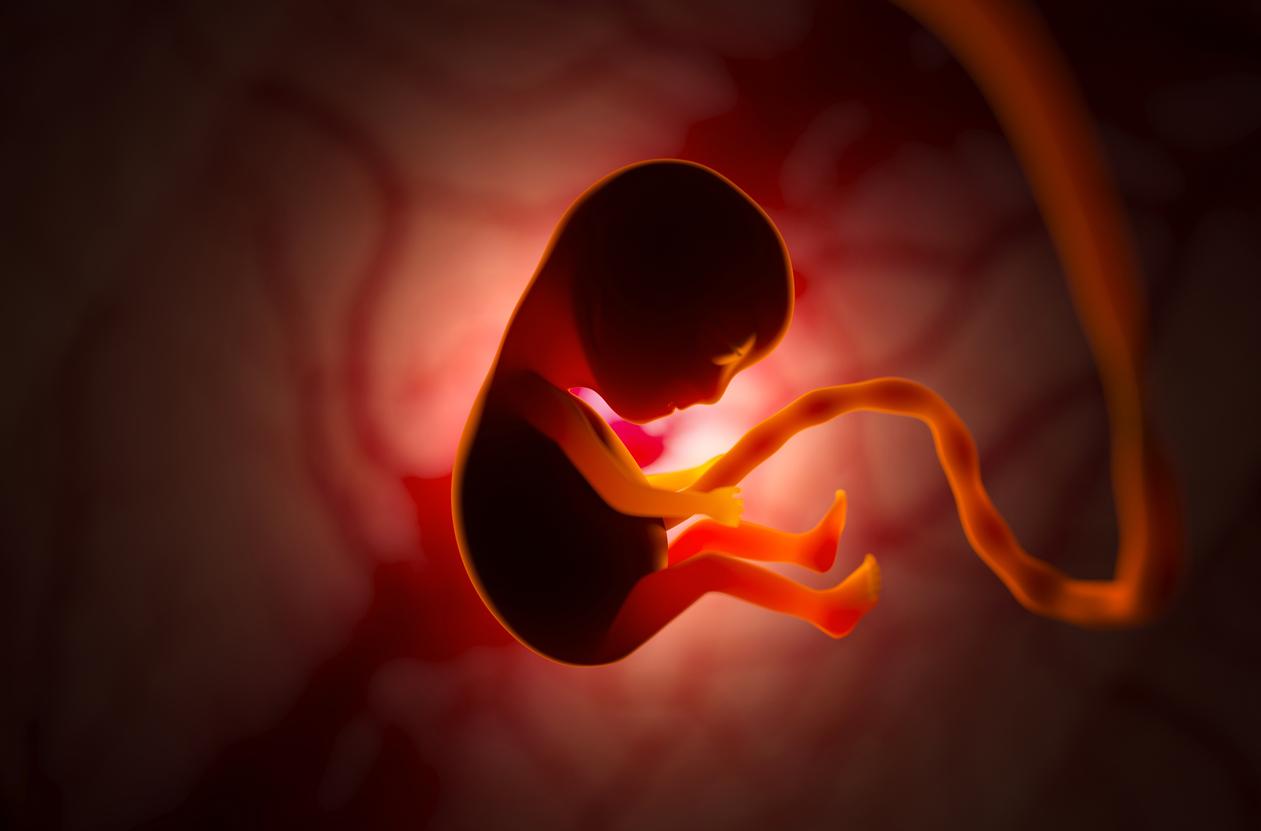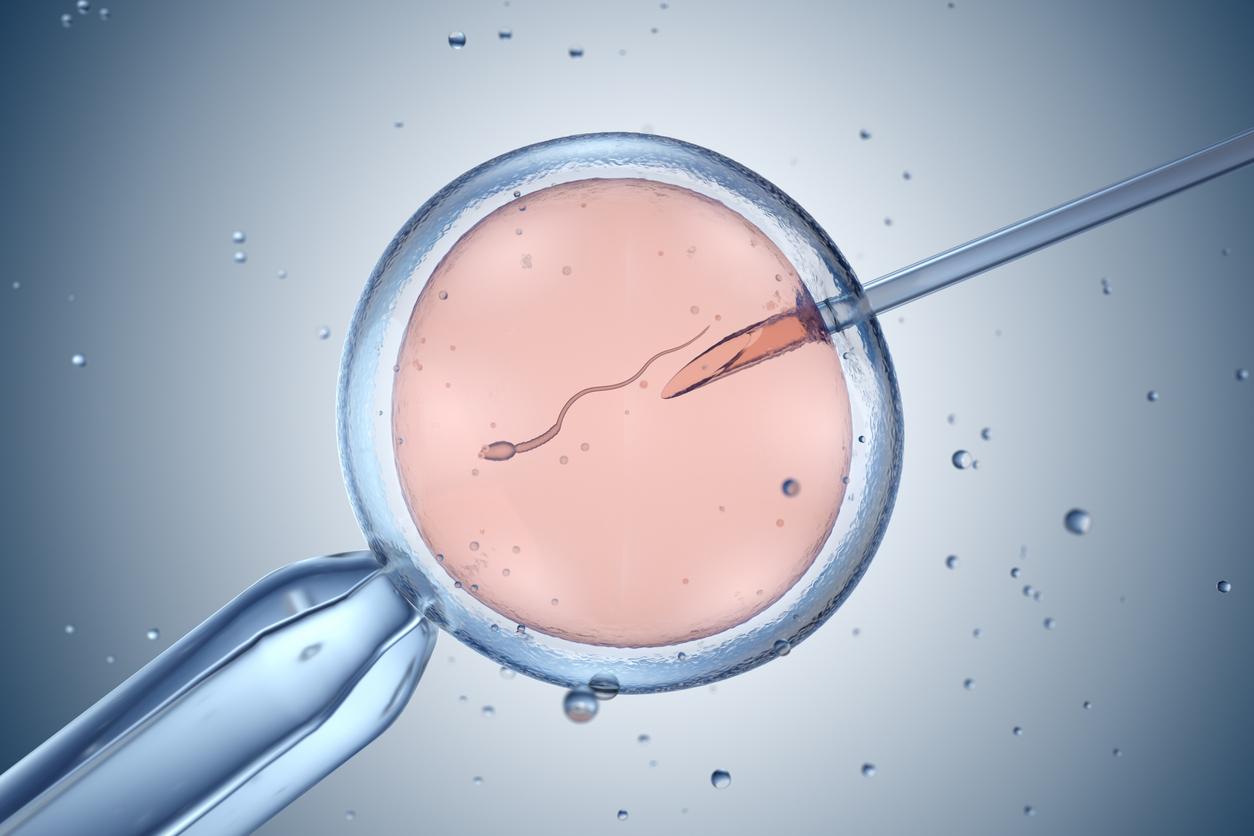In Mexico, a baby was born with a tail at the end of its coccyx. This phenomenon is very rare because the tails that usually appear in human fetuses disappear when they are still in their mother’s womb.

- This type of tail is very rare but affects male babies more.
- Doctors have not been able to determine the reasons for the growth of this type of tail in babies.
- The little girl’s tail was not dangerous to her health.
A tail at the end of her coccyx, it is with this small malformation that a little Mexican girl was born. It was six centimeters long and covered in skin and fine hair. This very rare phenomenon occurred in Mexico. Scientists report this case, the first in the country, in the journal Journal of Pediatric Surgery Case Reports.
All human fetuses have a tail, which usually disappears
The baby was born at term, without complications during pregnancy, and was in good health. The tail was not detected until after birth and, according to doctors, it could be moved without hurting the newborn but did not move spontaneously.
There are two categories of tail: those that are due to health problems – of the spine for example – and those, as in this case, called “true tail” which contain muscles, blood vessels and nerves but no bones, spinal cord or cartilage. They resemble those of animals.
Indeed, all human fetuses have a tail that appears between the fourth and sixth week of gestationthat issay the period of time between the fertilization of the egg by the sperm and birth. This usually disappears at the end of the eighth week, when the future baby is still in the womb. But sometimes that doesn’t happen, so the baby is born with a tail.
The baby’s tail was surgically removed
Surgeons waited two months to remove the little girl’s tail, thanks to a surgical operation performed under local anesthesia. “The baby cried when she was pinched with a needle“, they explain. During these two months, the tail had grown by 0.8 centimeters.
Once removed, scientists analyzed this tail. The results showed that it contained muscles, arteries, veins and nerves. This type of tail, which is not linked to a pathological problem, is very rare, with only 195 cases identified in 2017 in the scientific literature. The longest was 20 centimeters.
In March 2021, another case had been detailed in the review Journal of Pediatric Surgery Case Reports. The tail was located in the lumbar area of the newborn, measured twelve centimeters and ended in a ball four centimeters in diameter. For this baby, the doctors had operated on him from birth.
















